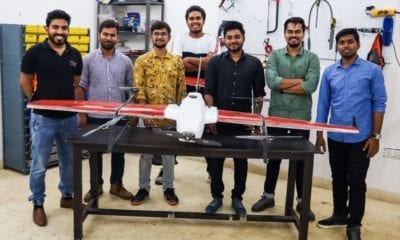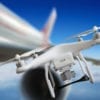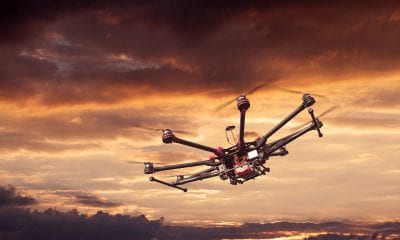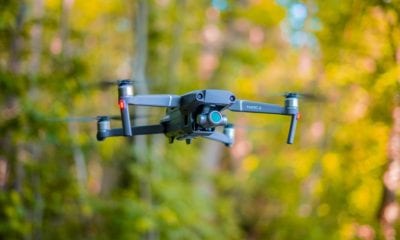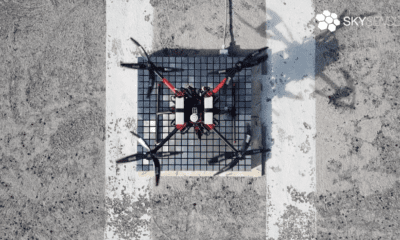
News
India’s New Drone Regulations
India’s New Drone Regulations
Drone enthusiast in India can now rejoice. The Government of India has finally taken some concrete steps towards allowing commercial drone use in India. GOI’s new regulations on drone flights will become effective on 1 December 2018.
The new Drone Regulations 1.0 have emerged after series of consultations amongst various stakeholders like the Directorate General of Civil Aviation (DGCA) and several years of research to create Civil Aviation Requirements (CAR).
India Civil Aviation Union Minister Suresh Prabhu said: “Today we start an exciting new chapter in India’s aviation history by allowing commercial use of drones. Our progressive regulations will encourage a vast Made in India drone industry.”
The Indian government has developed Digital Sky platform, a first-of-its-kind in the country unmanned traffic management (UTM) system that implements No Permission No Takeoff (NPNT).
Operational/Procedural Requirements to Fly Drones in India:
- All Remotely Piloted Aircraft System (RPAS) or drones except for nano and the ones owned by (National Technical Research Organisation) NTRO, Aviation Research Centre (ARC) and Central Intelligence Agencies, must be registered and possess Unique Identification Number (UIN).
- Unmanned Aircraft Operator Permit (UAOP) is necessary for RPAS or drone operators except for nano-class devices.
- The mandatory equipment required for RPAS or drone operation (except the nano-class) must include GNSS (GPS), Return-To-Home (RTH) feature, Anti-collision light, ID plate, Flight controllers with flight data logging capability, Radio Frequency (RF) ID and SIM or No-Permission No Take Off (NPTF).
- RPAS or drones must be operated within visual line of sight (less than 400 feet) and in daytime only.
- For flying in controlled airspaces, drone operators must obtain permission with Air Defence Clearance/Flight Information Centre number with flight plans.
DGCA specified Categories of Drones or RPAS:
Nano: Weight equivalent to 250 grams or lesser; altitude under 50 feet.
Micro: Weight between 250g and 2kg and altitude below 200 feet.
Small: Weight between 2kg and 25 kg.
Medium: Weight around 25kg and 150 kg.
Large: weight more than 150 kg.
Colour Codes for Drone Flying Zones:
Red zone: Drone flying prohibited.
Yellow zone: Controlled airspace and prior authorized permission to fly.
Green zone: Uncontrolled airspace and needs no permission.
Regions Where Drones Are Strictly Prohibited:
- Vijay Chowk in New Delhi.
- State Secretariat Complex in all capitals of Indian states.
- Country borders and military bases.
- Ecologically sensitive areas.
Users failing to comply with these regulations will be tried as per the procedure below:
- Suspension or cancellation of UIN/UAOP.
- Serious offences will be tried under Sections of the Aircraft Act 1934, or Aircraft Rules or any statutory provisions.
Drone Regulation 2.0 will be led by the Civil Aviation Minister of state Jayant Sinha and will address the following key Issues:
- Certifications of sale and controlled operation of drone hardware and software.
- Airspace management through automated operations linked into the overall airspace.
- Beyond visual-line-of-sight operations.
- Contribution to establishing global standards.
- Suggestions for modifications of existing Civil Aviation Requirements (CARs) and new CARs.

